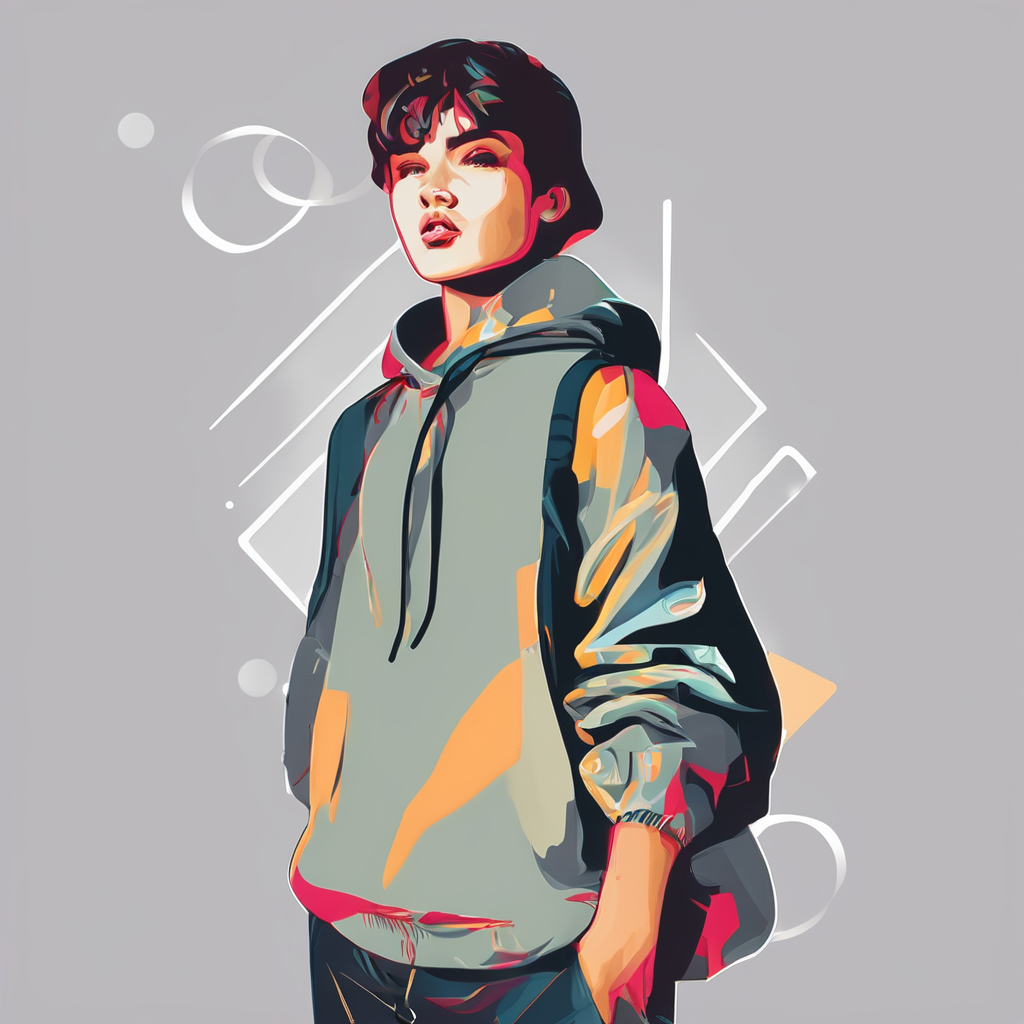Historical Eras of UK Women’s Fashion Shaping Modern Trends
The Victorian fashion influence remains a cornerstone in modern womenswear, with its emphasis on structured silhouettes, corsetry, and intricate lace detailing. These motifs frequently resurface in contemporary collections, embodying elegance and refinement. Following this, the Edwardian style introduced lighter fabrics and looser fits, reflecting a societal shift toward greater freedom and practicality for women. Its hallmark high collars, delicate embroidery, and flowing skirts also inspire many modern trend evolutions.
Exploring historical fashion eras reveals that each period’s style reflects broader societal transformations. For example, the Victorian era’s emphasis on modesty aligned with strict social codes, while Edwardian fashion mirrored early 20th-century progressive attitudes, especially regarding women’s autonomy. The 20th century’s rapid industrial and cultural changes accelerated the evolution, introducing practical and experimental designs that laid foundations for today’s diverse wardrobes.
In the same genre : Exploring the impact of british fashion trends on women’s personal style choices
Understanding these shifts clarifies how modern trend evolution consistently recycles and reinvents visual cues from the Victorian and Edwardian periods. Designers tap into these rich histories to create pieces that feel both timeless and contemporary, balancing nostalgia with present-day sensibilities. Recognising the deep roots of these styles enriches our appreciation of ongoing fashion cycles.
Key Elements of Historical Fashion in Today’s Wardrobe
Historic style reimagined forms a vital link between past and present in UK women’s fashion. Designers frequently incorporate retro fashion elements like Victorian ruffles, Edwardian lace, and 20th-century tweeds into new collections. These motifs are updated with modern tailoring and fabric technology, making historic styles wearable today without losing their distinctive charm.
In parallel : Exploring the impact of uk’s women’s fashion evolution on tomorrow’s sustainable trends
For example, Victorian fashion influence is evident in the resurgence of structured bodices and delicate lace trims, now combined with stretch materials for comfort. Similarly, the Edwardian style’s hallmark soft blouses and high collars are reinterpreted using lightweight fabrics and minimalist patterns. This blend of old and new shows how designers embrace the contemporary adaptations of historical motifs to appeal to today’s consumers.
Fabrics such as velvet, brocade, and fine embroidery, once exclusive to historical fashion eras, return with fresh patterns and colour palettes. UK brands specializing in vintage-inspired collections often highlight these elements, ensuring the styles resonate with modern sensibilities while retaining their historical integrity.
By reviving and adapting these distinct style cues, fashion keeps a continuous dialogue open with history, illustrating how historic style reimagined sustains its relevance in the contemporary wardrobe.
Historical Eras of UK Women’s Fashion Shaping Modern Trends
Victorian fashion influence, Edwardian style, and 20th-century developments collectively underpin modern trend evolution in UK women’s fashion. The Victorian era introduced structured silhouettes with pronounced corsetry and intricate lace, setting a foundation noted for elegance and formality. These elements remain a source of inspiration due to their timeless aesthetic appeal.
Edwardian style marks a transition toward lighter fabrics, looser fits, and high collars, reflecting early 20th-century societal shifts emphasizing women’s increased autonomy and a desire for comfort. This era’s hallmark details such as delicate embroidery and flowing skirts often appear as subtle nods in contemporary designs, demonstrating how historical fashion eras deeply impact current styles.
The 20th century accelerated change with practical, experimental designs responding to industrial growth and evolving cultural attitudes. This period’s embrace of diversity strongly influences today’s versatile wardrobes, fusing vintage inspiration with modern demands.
Societal transformations—ranging from evolving gender roles to technological advances—have historically driven the progression of fashion. Understanding these connections clarifies how Victorian fashion influence and Edwardian style continue shaping modern trend evolution, blending cultural heritage with present-day innovation.
Historical Eras of UK Women’s Fashion Shaping Modern Trends
Victorian fashion influence, Edwardian style, and the 20th century collectively form the backbone of modern trend evolution in UK women’s fashion. The Victorian fashion influence is distinguished by its structured silhouettes, extensive use of corsetry, and ornate lace details. These motifs contribute to the timeless appeal seen in formal and evening wear today. In contrast, the Edwardian style introduced softer, flowing shapes and lighter fabrics, reflecting societal moves toward comfort and female autonomy. The characteristic high collars and delicate embroidery from this era frequently surface in contemporary collections as subtle nods to historic sophistication.
Societal changes significantly drove the fashion evolution across these eras. During the Victorian period, fashion mirrored strict social codes centered on modesty and formality. The Edwardian era coincided with the gradual expansion of women’s roles and rights, encouraging looser fits and more practical clothing. By the 20th century, rapid industrialization and shifting cultural attitudes accelerated experimentation with styles, blending heritage with modernity.
Thus, these historical fashion eras collectively influence current trends by providing designers with rich aesthetic and cultural references. This fusion underpins the ongoing dialogue between tradition and innovation seen in UK fashion today.
Historical Eras of UK Women’s Fashion Shaping Modern Trends
The Victorian fashion influence, Edwardian style, and 20th-century developments serve as pillars in the ongoing modern trend evolution of UK women’s fashion. Each historical fashion era introduced distinct styles and societal reflections that continue shaping contemporary wardrobes.
Victorian fashion is defined by its structured silhouettes, tight corsetry, and intricate lace, elements that fashion today revisits for their elegance and formality. Its emphasis on modesty mirrored strict social norms, reinforcing a poised and refined aesthetic still seen in formalwear.
In contrast, the Edwardian style brought lighter fabrics, looser fits, and high collars. This evolution reflected early 20th-century societal shifts toward female autonomy and comfort, embodying delicacy through embroidery and flowing skirts. These features are often subtly integrated into modern collections, offering a graceful nod to past freedoms.
The 20th century accelerated modern trend evolution with experimentation spurred by industrialization and cultural change, making fashion more versatile and practical. Designers draw from these eras not only aesthetic motifs but also the social narratives behind them, blending history’s legacy with present-day fashion demands. This fusion underscores the relevance of historical fashion eras in shaping today’s UK women’s style landscape.
Historical Eras of UK Women’s Fashion Shaping Modern Trends
The Victorian fashion influence prominently shapes modern trend evolution, with its characteristic structured silhouettes, tight corsetry, and ornate lacework continuing to inspire designers today. These elements remain central to formal and evening wear, prized for their elegance and disciplined formality that reflect the era’s strict social codes.
Following this, the Edwardian style introduced notable shifts—lighter fabrics, looser fits, and signature high collars represented growing female autonomy and a move toward comfort. This era’s delicate embroidery and flowing skirts frequently reappear as refined nods in contemporary collections, offering both grace and historical resonance.
Moving into the 20th century, rapid societal and industrial changes accelerated fashion’s evolution. Designers embraced historical fashion eras by blending traditional motifs with modern practicality and experimentation, marking a significant modern trend evolution. These changes mirror broader cultural shifts, including evolving gender roles and technological advances that disrupted prior fashion norms.
Understanding these eras clarifies how Victorian and Edwardian influences persist in today’s UK women’s fashion. The fusion of past styles and societal narratives enriches current designs, creating garments that are at once rooted in history and responsive to contemporary tastes.


